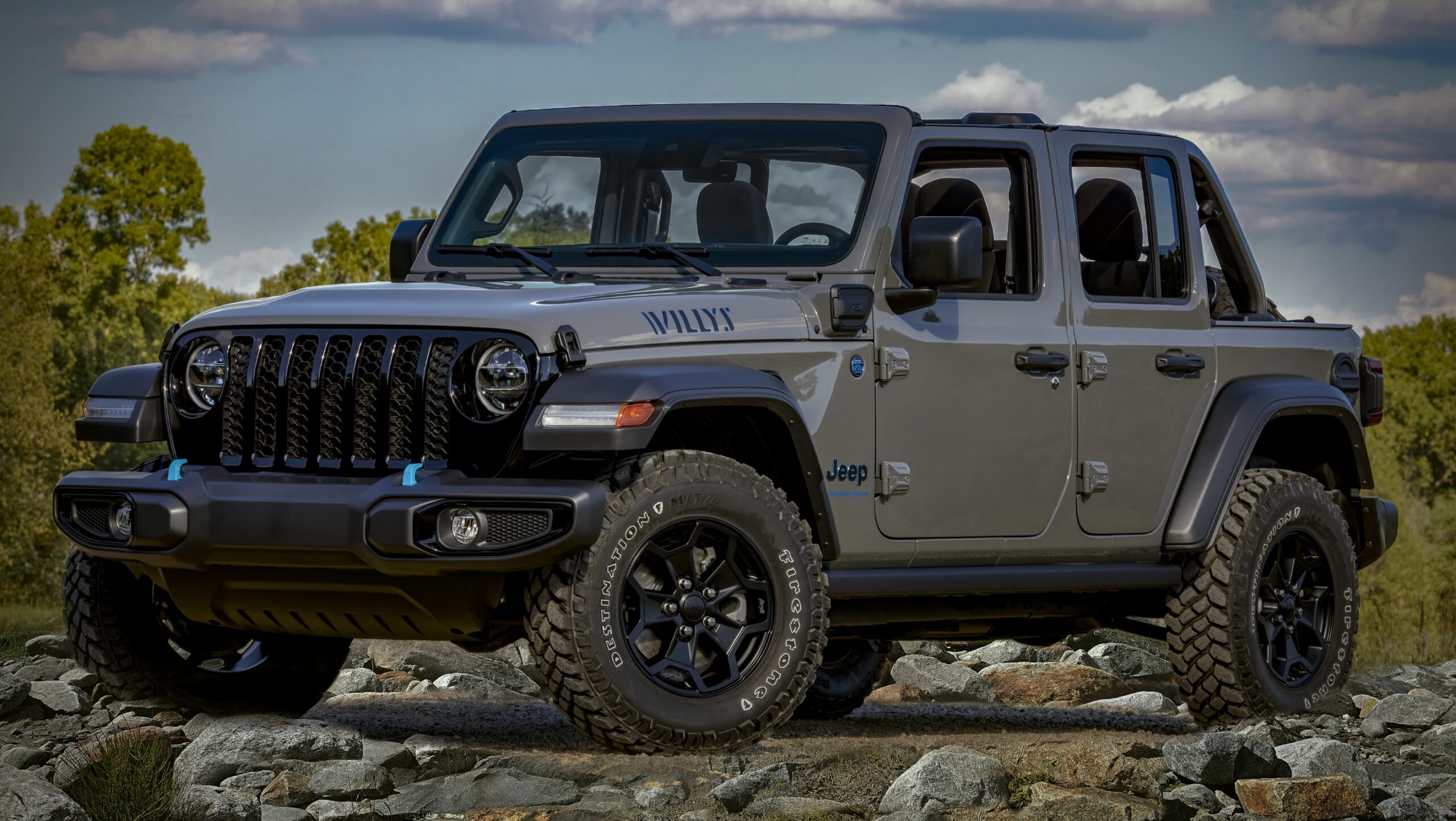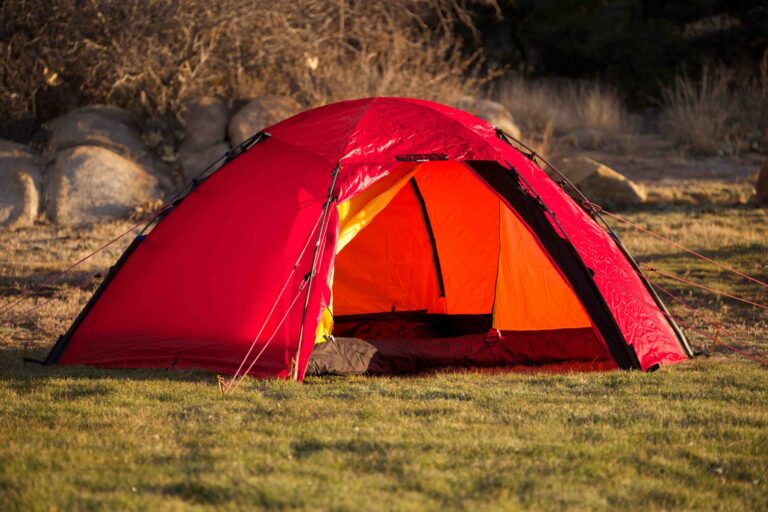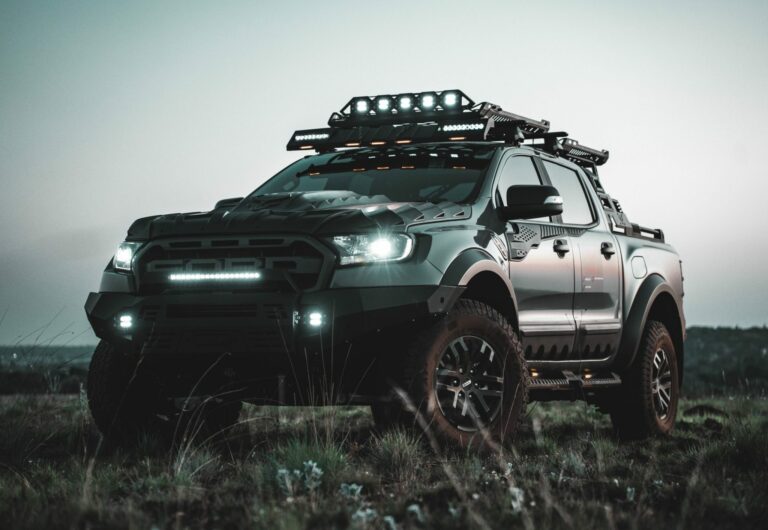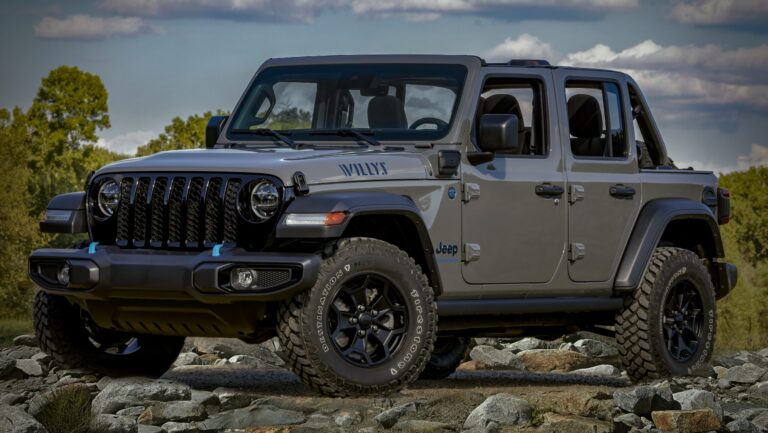Jeep For Sale $20,000: Unlocking Your Off-Road Dream on a Budget
Jeep For Sale $20,000: Unlocking Your Off-Road Dream on a Budget jeeps.truckstrend.com
For many automotive enthusiasts, the word "Jeep" conjures images of rugged capability, open-air freedom, and a vibrant community. It’s more than just a vehicle; it’s a lifestyle. While brand-new Jeeps can command a hefty price tag, the sweet spot of the used car market often allows aspiring owners to join the tribe without breaking the bank. This comprehensive guide, "Jeep For Sale $20,000," is dedicated to exploring the exciting possibilities that lie within this budget. It’s about navigating the market, understanding what $20,000 can truly get you, and empowering you to make an informed decision to find your perfect adventure machine.
At $20,000, you’re not just buying a car; you’re investing in a legacy of adventure. This price point opens the door to a diverse range of Jeep models, from iconic Wranglers to versatile Grand Cherokees, offering a blend of capability, utility, and the distinct Jeep spirit. However, like any significant used vehicle purchase, it requires diligence, research, and a strategic approach. This article will serve as your essential roadmap, detailing the models available, the benefits of buying at this price, crucial inspection steps, and practical advice to ensure your $20,000 investment brings years of unforgettable experiences.
Jeep For Sale $20,000: Unlocking Your Off-Road Dream on a Budget
What Does $20,000 Get You? Exploring Models and Generations
The $20,000 budget is surprisingly robust in the used Jeep market, offering a variety of models, generations, and trim levels. Understanding what’s typically available is the first step in narrowing down your search.
1. The Iconic Jeep Wrangler:
- Wrangler JK (2007-2017): This is perhaps the most common Wrangler generation you’ll find within the $20,000 range. You can expect to find 2-door and 4-door (Unlimited) models, typically from the earlier to mid-years of the JK production run (e.g., 2007-2014). Vehicles at this price point might have higher mileage (100k+ miles) but could still be in good mechanical condition if well-maintained. Later JK models (2012-2017) with the more powerful and fuel-efficient 3.6L Pentastar V6 engine might be available, but usually with higher mileage or lower trim levels (Sport).
- Wrangler TJ (1997-2006) / LJ (2004-2006): While older, a meticulously maintained, lower-mileage TJ or the rarer, longer LJ (Unlimited) might fetch close to or even exceed $20,000, especially if it’s a desirable Rubicon trim or a pristine example. These are sought after for their simplicity and solid axles.
- Wrangler JL (2018-Present): While a new JL is out of budget, you might occasionally find an early 2018 JL Sport with high mileage, a salvaged title, or in need of some work that brings it close to $20,000, but these are rare exceptions.

2. The Versatile Jeep Grand Cherokee (WK2, 2011-2020):
- The WK2 Grand Cherokee offers a compelling blend of luxury, capability, and comfort. For $20,000, you can typically find models from 2011 to 2015, often in Laredo, Limited, or even Overland trims. These will likely have 100,000 to 150,000 miles but are known for their robust powertrains (V6 Pentastar or Hemi V8) and comfortable interiors. They are excellent choices for those seeking a more refined daily driver that can still handle light off-roading and harsh weather.
3. The Capable Jeep Cherokee (KL, 2014-2023):
- The modern Cherokee (KL) provides a more car-like ride with impressive off-road prowess, especially in Trailhawk trim. For $20,000, you can likely find models from 2014 to 2018, possibly even newer, depending on mileage and trim. These are great for urban adventures with occasional forays onto unpaved roads.
4. The Compact Jeep Renegade / Compass:
- For those prioritizing newer models, lower mileage, and a more compact footprint, the Jeep Renegade (2015-Present) and Compass (2017-Present, second generation) often fall comfortably within the $20,000 budget. You can find relatively new models (2017-2020) with lower mileage, offering modern features and better fuel economy. While less capable off-road than a Wrangler or Grand Cherokee, they still carry the Jeep badge and offer respectable soft-roading abilities, especially in Trailhawk trims.
The Allure of the $20,000 Jeep: Benefits Beyond the Price Tag
Buying a Jeep for $20,000 offers numerous advantages that extend beyond mere affordability.
- Accessibility to the Jeep Lifestyle: This price point makes the iconic Jeep brand accessible to a broader audience, allowing you to experience the unique culture, community, and capability that comes with ownership.
- Strong Resale Value: Jeeps, especially Wranglers, hold their value exceptionally well. A well-maintained $20,000 Jeep is likely to retain a significant portion of its value, making it a sound investment.
- Customization Potential: Used Jeeps are often blank canvases (or partially modified ones) for personalization. Whether it’s lift kits, bigger tires, winches, or aftermarket bumpers, the aftermarket support for Jeeps is immense, allowing you to tailor your vehicle to your specific needs and style.
- Off-Road Capability: Even at $20,000, you’re getting a vehicle designed for adventure. Whether it’s conquering trails, navigating snowy roads, or simply exploring rough terrain, a used Jeep offers a level of confidence and capability few other vehicles can match.
- Durability and Robustness: Jeeps are built tough. While older models might require more maintenance, their fundamental design often means they can endure significant wear and tear if properly cared for.
- Community and Camaraderie: Owning a Jeep connects you to a global community of enthusiasts. From local trail rides to online forums, the sense of camaraderie is unparalleled.
Navigating the Market: How to Find Your $20,000 Jeep
Finding the right Jeep within your budget requires a multi-pronged approach.
- Online Marketplaces: Websites like Autotrader, Cars.com, Kelley Blue Book, and eBay Motors are excellent starting points. Utilize their detailed search filters for price, mileage, year, and specific models.
- Local Classifieds: Facebook Marketplace and Craigslist can yield great deals from private sellers, though they often require more caution and due diligence.
- Dealerships: Used car dealerships, both independent and franchised, will have a selection of Jeeps. While prices might be slightly higher, they often offer financing options and sometimes limited warranties.
- Specialized Forums and Groups: Dedicated Jeep forums (e.g., JK-Forum, JL Wrangler Forums) and local Facebook Jeep groups are fantastic resources. Members often sell their well-maintained vehicles directly to other enthusiasts.
- Auctions: Public and dealer auctions can offer lower prices, but they come with higher risks as you often cannot thoroughly inspect the vehicle beforehand. This is generally recommended for experienced buyers.
When searching, be flexible with your criteria. A slightly older model with lower mileage or a newer one with higher mileage might both fit your budget and needs. Don’t be afraid to travel a bit further for the right vehicle.
Critical Steps Before Purchase: The Inspection Process
This is arguably the most crucial phase. Don’t let excitement cloud your judgment.
- Initial Online Scrutiny: Before even seeing the Jeep, thoroughly review photos and descriptions. Look for inconsistencies, obvious damage, or signs of neglect. Request more photos if necessary.
- Vehicle History Report (CarFax/AutoCheck): Always purchase a vehicle history report. This will reveal accident history, flood damage, salvage titles, service records, and previous ownership. A clean title is paramount.
- Visual Inspection (Exterior & Interior):
- Rust: Jeeps, especially older ones, are prone to rust, particularly on the frame, suspension components, and body panels. Check thoroughly underneath the vehicle.
- Body Damage: Look for misaligned panels, inconsistent paint, or signs of major collision repair.
- Tires: Check tire wear patterns (uneven wear can indicate alignment issues or suspension problems) and tread depth.
- Interior: Look for excessive wear, tears, stains, and ensure all electronics (windows, AC, radio) are functional.
- Mechanical Inspection:
- Fluids: Check oil, transmission fluid, coolant, and brake fluid levels and condition. Look for leaks.
- Engine Bay: Look for unusual noises, leaks, frayed belts, or signs of overheating.
- Undercarriage: Inspect the suspension components (shocks, springs, bushings), steering linkages, and drive shafts for damage, leaks, or excessive play. Pay close attention to the differentials and transfer case for leaks.
- Modifications: If the Jeep is modified, assess the quality of the work. Poorly installed lift kits or aftermarket parts can lead to significant problems. Inquire about the brand of parts used and if professional installation was done.
- The Test Drive:
- Cold Start: Listen for any unusual noises during a cold start.
- Engine & Transmission: Pay attention to smooth acceleration, proper shifting (automatic or manual), and any hesitation or slipping.
- Brakes: Test the brakes for firmness and straight-line stopping.
- Steering: Check for excessive play, pulling, or strange noises when turning.
- Suspension: Drive over bumps to assess shock absorption and listen for clunks or rattles.
- 4WD System: If safe to do so, engage 4WD (on a loose surface) to ensure it works correctly.
- Pre-Purchase Inspection (PPI) by a Certified Mechanic: This is non-negotiable. Spend the $100-$200 to have an independent mechanic (preferably one familiar with Jeeps) thoroughly inspect the vehicle. They can identify issues you might miss and provide a comprehensive report, which can also be a valuable negotiation tool.
Key Considerations & Common Pitfalls
- Maintenance Records: A well-documented service history is gold. It shows the previous owner cared for the vehicle and helps predict future maintenance needs.
- Rust is the Enemy: Be especially wary of significant frame rust. Surface rust on components is often manageable, but deep, structural rust can be a deal-breaker.
- Modified Jeeps: While many mods are beneficial, poorly executed ones can create headaches. Research common modifications and understand their implications. Ask if original parts are available.
- "Jeep Tax": Popular models like Wranglers often command a premium, even in the used market. Be prepared for prices that might seem higher than comparable non-Jeep vehicles.
- Fuel Economy: Be realistic about fuel economy, especially with Wranglers and Grand Cherokees. It’s not their strong suit.
- Open Recall Check: Verify if there are any outstanding recalls for the specific VIN on the manufacturer’s website.
Maximizing Your Investment: Smart Spending & Negotiation
- Set a Firm Budget: Stick to your $20,000 limit, but factor in additional costs like taxes, registration, insurance, and an initial maintenance buffer (e.g., for fluids, filters, or unexpected minor repairs).
- Negotiate: Always negotiate the price. Use any issues found during the inspection as leverage. Research comparable sales to understand the market value.
- Financing: Explore financing options from banks or credit unions before visiting dealerships. Pre-approval gives you stronger negotiating power.
- Initial Maintenance: Even if the Jeep seems perfect, plan for an initial round of maintenance: oil change, filter replacements, fluid checks, and a general tune-up. This sets a baseline for your ownership.
- Smart Modifications: If you plan to modify, budget for quality parts and professional installation if you’re not experienced. Start with essential upgrades that enhance safety or capability first.
Representative Price Guide: What to Expect for $20,000
This table provides a generalized overview of what you might find in the $20,000 price range. Actual prices vary based on location, condition, mileage, trim level, and market demand.
| Model | Generation/Year Range | Typical Mileage for $20k | Key Considerations & Notes |
|---|---|---|---|
| Jeep Wrangler | JK (2007-2014) | 100,000 – 150,000+ | Look for 3.8L (earlier) or 3.6L Pentastar (later, preferred). Check for frame rust, drivetrain wear, and modification quality. |
| TJ (1997-2006) | 80,000 – 120,000 | Older, but robust. Price depends heavily on condition, modifications, and trim (e.g., Rubicon). Rust is a major concern. | |
| Jeep Grand Cherokee | WK2 (2011-2015) | 100,000 – 160,000 | Excellent comfort/capability balance. Check for air suspension issues (if equipped), electrical quirks, and transmission fluid service. |
| Jeep Cherokee | KL (2014-2018) | 70,000 – 120,000 | More car-like ride. Look for Trailhawk trim for best off-road. Check transmission and Uconnect system functionality. |
| Jeep Renegade | (2015-2020) | 50,000 – 90,000 | Newer, lower mileage options. Check for electrical issues and transmission performance. Trailhawk is most capable. |
| Jeep Compass | (2017-2020) | 50,000 – 90,000 | Similar to Renegade in terms of age/mileage for the price. Focus on condition and service history. |
Note: Salvage/Rebuilt titles or significantly higher mileage might push newer models into this range, but exercise extreme caution.
Frequently Asked Questions (FAQ)
Q1: Is $20,000 enough for a "good" Jeep?
A1: Absolutely! While it won’t get you a brand-new model, $20,000 is a strong budget in the used market. You can find well-maintained, capable Jeeps across various models and generations, particularly if you prioritize condition over the lowest mileage or newest year.
Q2: Which Jeep model is best for $20,000 if I want to go off-roading?
A2: For serious off-roading, a Jeep Wrangler JK (2007-2017) is typically the best choice within this budget due to its solid axles, robust aftermarket support, and dedicated off-road design. A Grand Cherokee WK2 with proper tires can also handle mild to moderate trails.
Q3: Should I buy a Jeep from a dealership or a private seller?
A3: Both have pros and cons. Dealerships might offer financing, some warranty, and a more streamlined process, but often at a slightly higher price. Private sellers might offer better deals but require more due diligence on your part (e.g., arranging a PPI, handling paperwork).
Q4: What are the most common issues to look for in a used Jeep around $20,000?
A4: Rust (especially on frames of older models), electrical issues (particularly with infotainment systems), suspension wear, and maintenance neglect (e.g., lack of fluid changes, especially differential and transmission). For Wranglers, check for "death wobble" (often caused by worn steering/suspension components).
Q5: How much should I budget for immediate repairs or maintenance after buying a used Jeep?
A5: It’s wise to budget at least $500-$1,000 for initial maintenance (fluids, filters, tune-up) and potential unexpected repairs, even if the PPI is clean. This acts as a safety net and ensures you start off on the right foot.
Q6: Are modified Jeeps a good deal, or should I avoid them?
A6: It depends. A well-executed, quality modification can add value, but a poorly done one can be a headache and expensive to fix. Assess the quality of the parts and installation. If you’re not familiar, a stock Jeep might be a safer bet, allowing you to add your own quality modifications later.
Conclusion
The dream of owning a Jeep is well within reach for many, with the $20,000 budget opening up a world of possibilities. From the legendary Wrangler to the comfortable Grand Cherokee and versatile Cherokee, a used Jeep at this price point offers a compelling blend of adventure, utility, and community. By arming yourself with knowledge, diligently researching, performing thorough inspections, and negotiating wisely, you can confidently navigate the market.
Remember, patience and persistence are key. The right Jeep for you is out there, waiting to be discovered. With this guide, you’re now better equipped to embark on your journey, transforming that "Jeep For Sale $20,000" listing into the key to countless future adventures. Happy hunting, and welcome to the Jeep family!





